I am trying to plot a data with (Lat, Lon) and a value in each location. What I need to do is to plot the data over a shapefile, represent each value with a different color, and smooth the values, so no gaps occur in the map.
The data has the following structure: (Longitude, Latitude, Value), could you help me please.
I know how to plot the data over a shapefile with a different color, but the issue is in smoothing the values.
The data for the question is available in the following link:
https://drive.google.com/open?id=1bOpWjPoYc0Ix1cQqA73iFr-by0J1wU5l
where the:
1- (Lon, Lat, Value) data is in csv file "cluster__groups"
2- The shapefile files are in the folder "shapefile_question"
I ned to show them in regions. The output should be something similar to the following picture:

Thank you for your help. I tried to solve and search for a solution but could not find a solution, so pardon me if this is a discussed topic.
Best regards, Moe